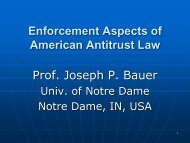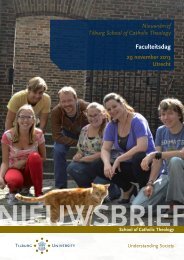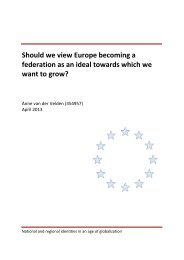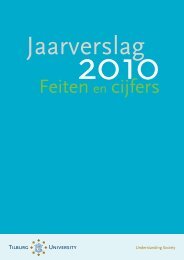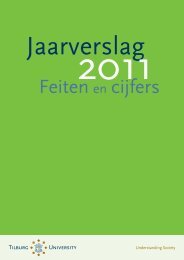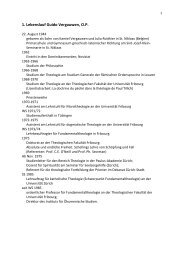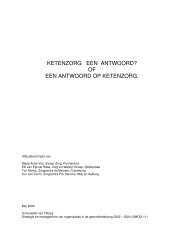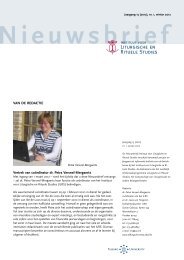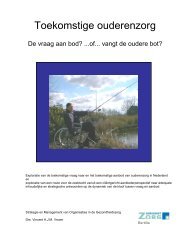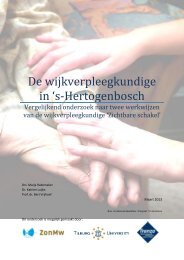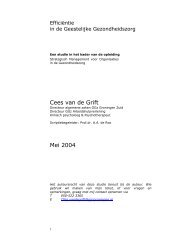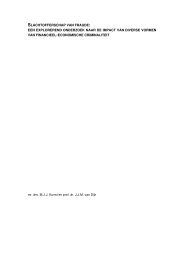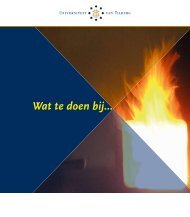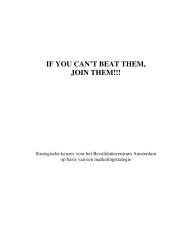Here - Tilburg University
Here - Tilburg University
Here - Tilburg University
Create successful ePaper yourself
Turn your PDF publications into a flip-book with our unique Google optimized e-Paper software.
Friendships under study were formed when adolescents were around 12 (Wave<br />
I), so we assume their formation is exogenous to the decision to have a child. At<br />
Wave III, each respondent had to indicate from a list of 10 previous school<br />
mates and friends (at Wave I), those who are current friends and those who are<br />
not. In this way, we can distinguish dyads of friends from those of people who<br />
simply share a common social context (they went to school together). By<br />
including these two types of ties in our analysis, we can separate true cross-<br />
friend interaction from contextual effects. Moreover, to distinguish selection from<br />
influence (people might remain friends with those who share similar family<br />
attitudes), we engage in a simultaneous equation model, in which we estimate<br />
together the probability of being current friend with the other person in the<br />
dyad, and one friend’s risk of becoming parents, using as exclusion restriction<br />
the geographical distance between the two friends.<br />
Results show that net of contextual and selection effects, a friend’s childbearing<br />
positively influences an individual’s risk of becoming a parent. We find this effect<br />
being strong in the short-term and inverse U-shaped: it increases and starts to<br />
become significant one year after the friend’s childbearing, it reaches its peak<br />
24-36 months later and then decreases.



